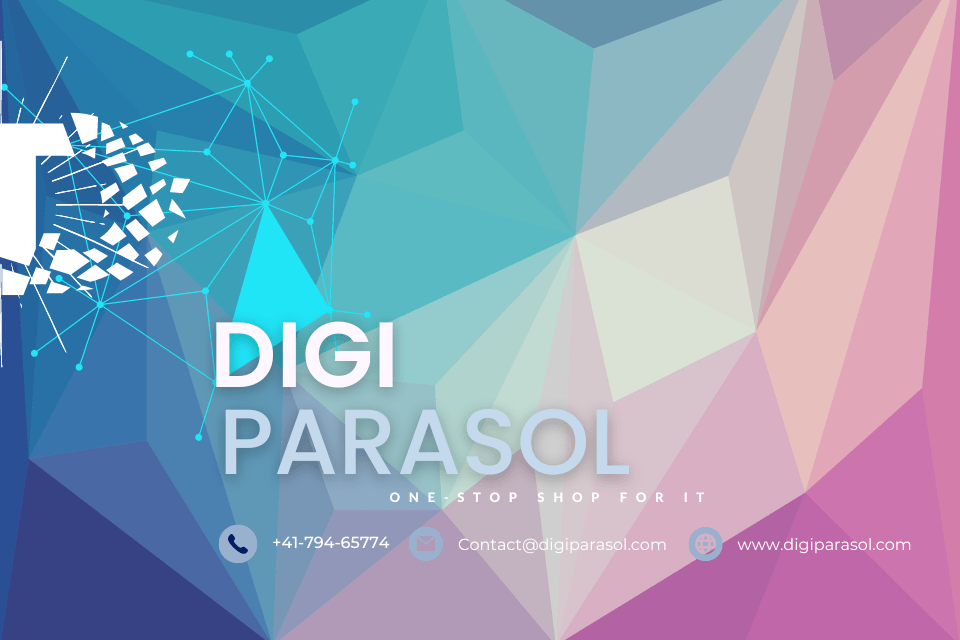Over the past few years, online learning has become increasingly popular as an alternative to traditional classroom learning. With the rise of technology and the internet, students now have the option to learn from the comfort of their own home, at their own pace, and on their own schedule. But is online learning really as beneficial as traditional classroom learning? In this blog post, we will explore the pros and cons of both online learning and traditional classroom learning, as well as provide some tips on how to get started and the essential equipment you will need.
Pros of Online Learning:
1. Flexibility: One of the biggest advantages of online learning is the flexibility it offers. Students can access course materials and lectures at any time, allowing them to study around their own schedule. This is especially beneficial for those who work full-time or have other commitments.
2. Cost-effective: Online courses are often more affordable than traditional classroom courses, as there are no overhead costs associated with physical classrooms or transportation expenses. Additionally, students can save money on textbooks by accessing online resources.
3. Access to a wider range of courses: Online learning allows students to access courses from universities and institutions around the world. This means students have the opportunity to learn from experts in their field and access a wider range of courses than they would in a traditional classroom setting.
4. Personalized learning: Online learning allows students to work at their own pace and tailor their learning experience to their own needs. This can be especially beneficial for students who may struggle to keep up with the pace of a traditional classroom setting.
Cons of Online Learning:
1. Lack of interaction: One of the main drawbacks of online learning is the lack of face-to-face interaction with professors and classmates. This can make it difficult for students to ask questions, collaborate on projects, or receive feedback on their work.
2. Self-discipline: Online learning requires a great deal of self-discipline and motivation. Students must be able to stay on track and manage their time effectively without the structure of a traditional classroom setting.
3. Technology issues: Online learning relies heavily on technology, and technical issues can arise that may disrupt the learning process. Students must have access to a reliable internet connection and be comfortable using online learning platforms.
Essential Equipment for Online Learning:
1. Reliable internet connection: A stable and fast internet connection is essential for accessing course materials, lectures, and online resources.
2. Computer or laptop: A computer or laptop is necessary for completing assignments, participating in online discussions, and accessing course materials.
3. Headphones: Headphones can help minimize distractions and improve the quality of your online learning experience.
4. Printer: While much of the work in online courses is done digitally, having a printer can be helpful for printing out study materials or assignments.
Tips for Getting Started with Online Learning:
1. Create a schedule: Treat online learning like a traditional classroom environment by creating a study schedule and sticking to it.
2. Set goals: Set clear goals for what you want to achieve in your online course, whether it be passing an exam or mastering a specific skill.
3. Stay organized: Keep track of deadlines, assignments, and course materials to avoid falling behind.
4. Stay connected: Make an effort to engage with your professors and classmates through online discussions, virtual office hours, and social media groups.
In conclusion, online learning offers many benefits over traditional classroom learning, including flexibility, cost-effectiveness, and access to a wider range of courses. However, it also comes with its own set of challenges, such as a lack of interaction and self-discipline. By understanding the pros and cons of online learning, equipping yourself with the essential equipment, and following the tips for getting started, you can make the most of your online learning experience.


